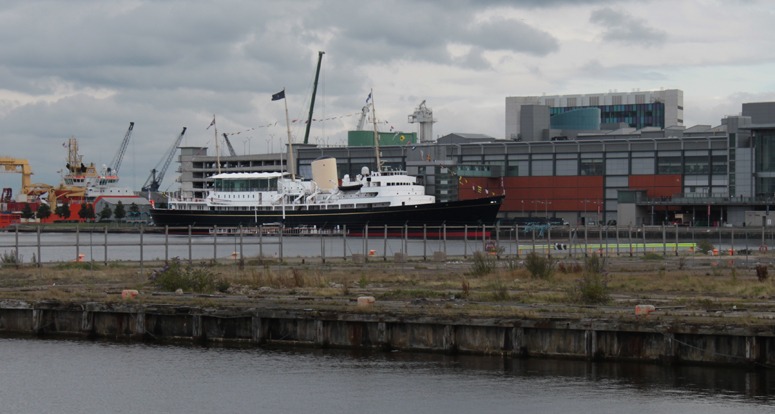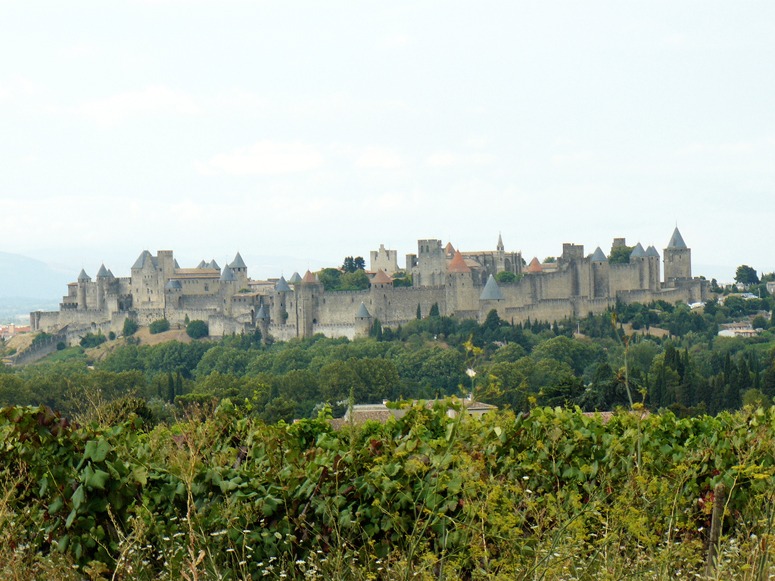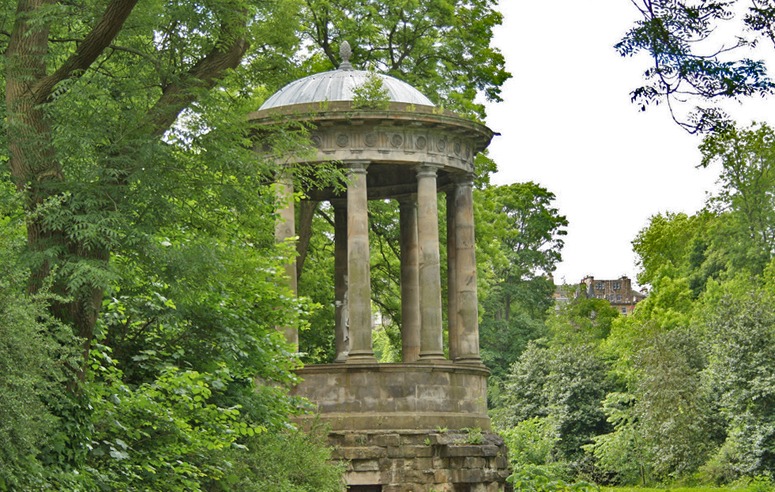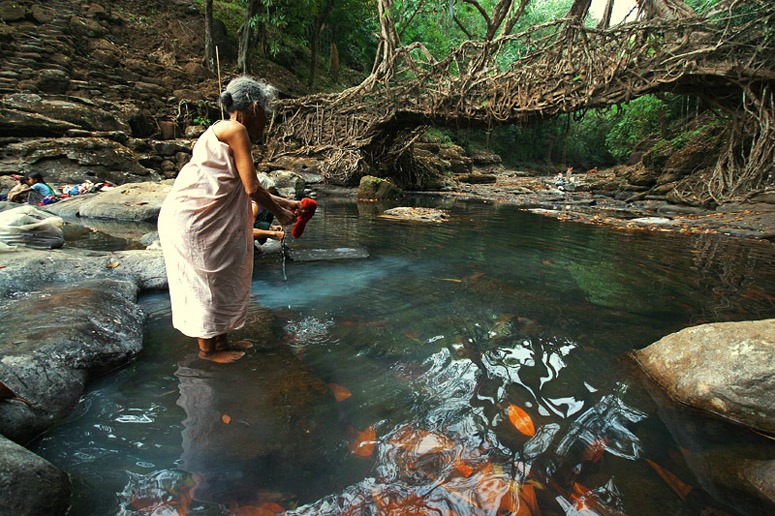
Britain’s last Royal Yacht, the Britannia, is now ‘permanently moored as a five-star visitor attraction in the historic Port of Leith, Edinburgh’ and the setting is a total disgrace. The ghastly building which dwarfs the yacht is Ocean Terminal ‘an urban shopping centre & entertainment complex designed by Conran & Partners in London and handed over to Keppie Design’. Though I am pleased Scotland has regained a parliament, I am very disappointed by its lack of design and planning vision. The nearest they have to a design policy is ‘Hey Jock, what the hell, let’s get it built asap’. That ugly slab of a building is as ugly inside as it is outside and one can imagine that the planning officers were promised a lifetime’s supply of haggis in return for mooring the poor yacht here. I would like to see a competition for finding a better landscape setting for the old lady. Where can one find the best examples of historic ships moored in beautiful and romantic settings?
Rule Britannia!
Britannia rule the waves.
Britons never, never, never shall be slaves.
The nations, not so blest as thee, (eg Scotland)
Must in their turn, to tyrants fall,
Must in ,must in, must in their turn, to tyrants fall,
While thou shalt flourish, shalt flourish great and free,
The dread and envy of them all.
Rule Britannia!
Britannia rule the waves.
Britons never, never, never shall be slaves.







